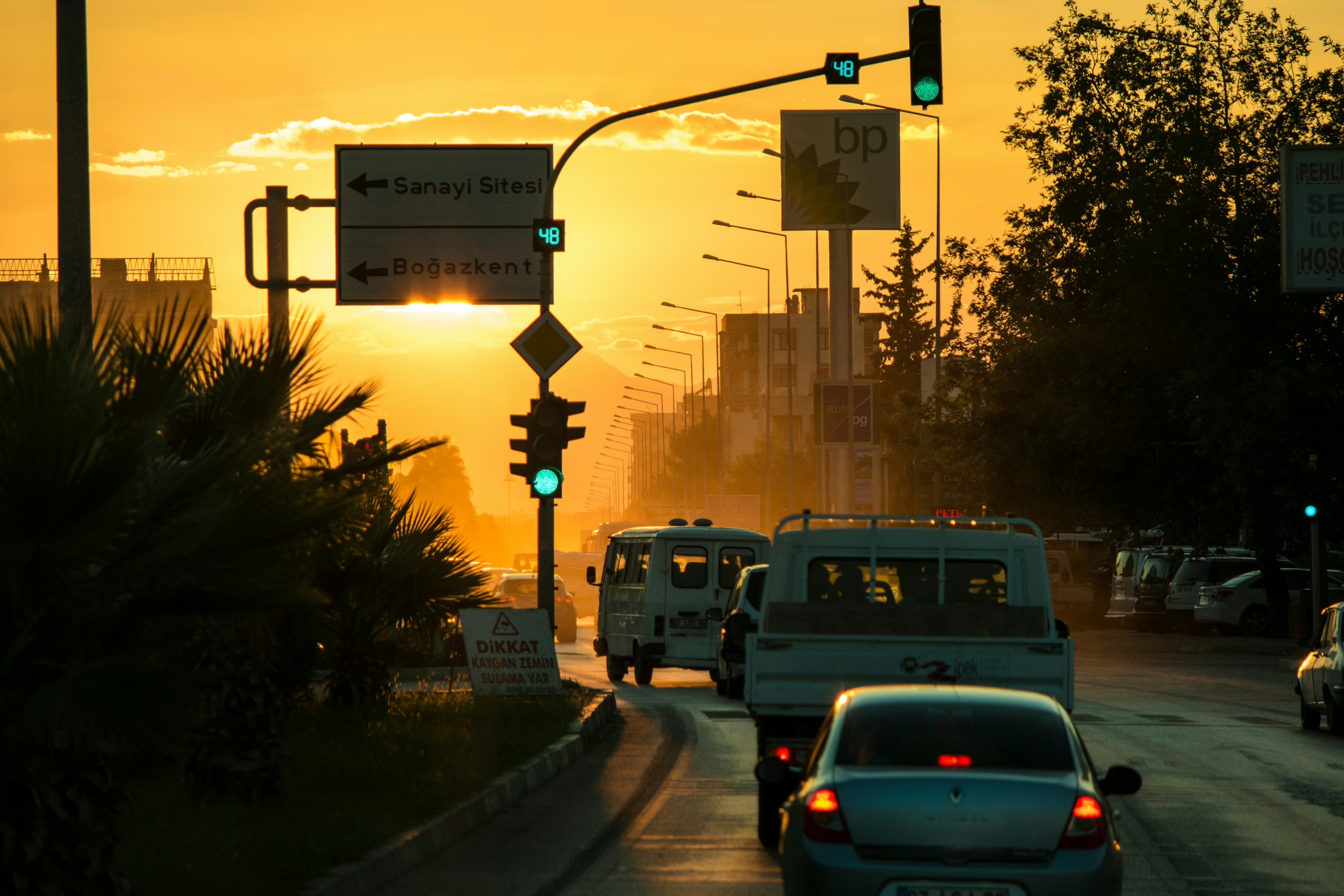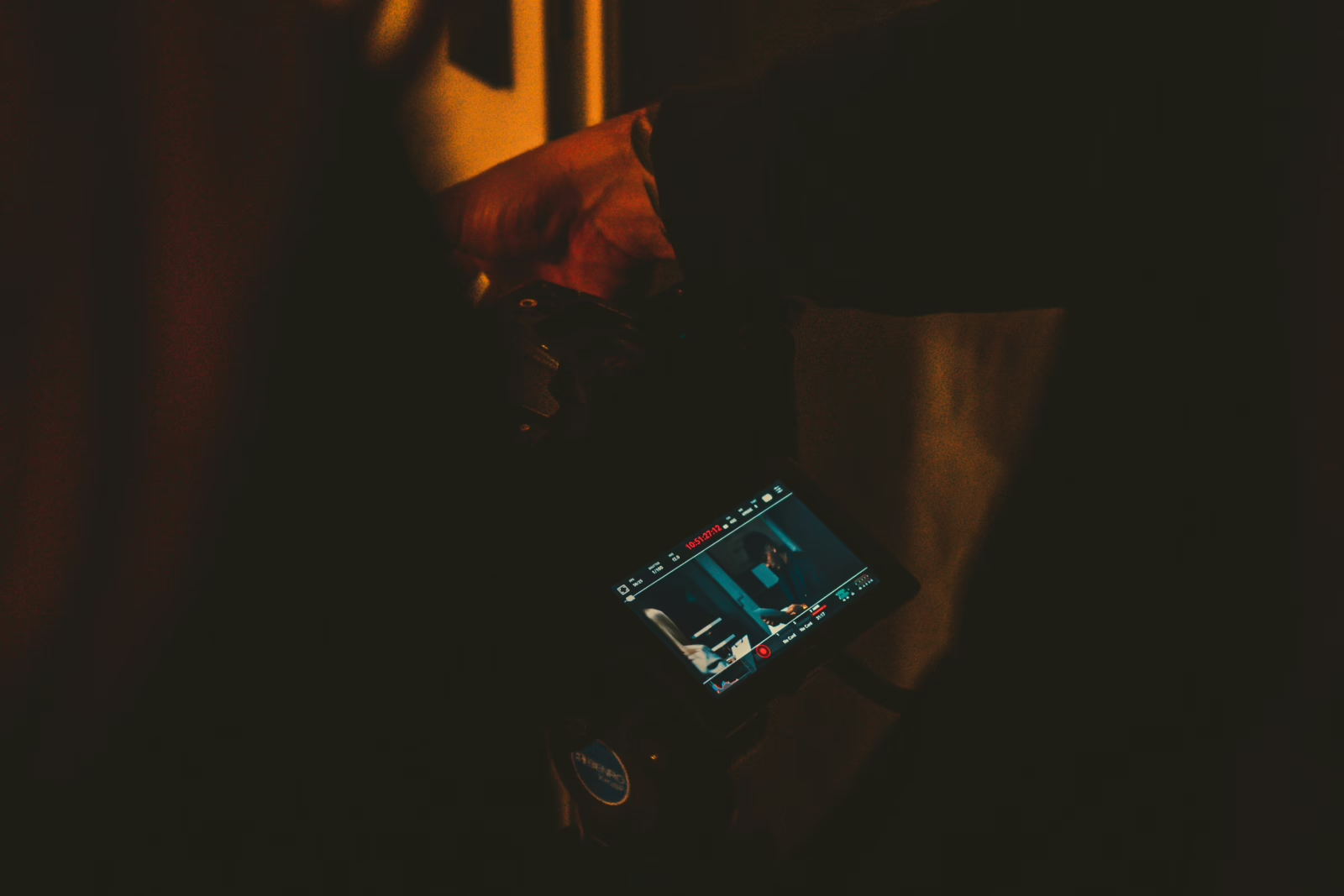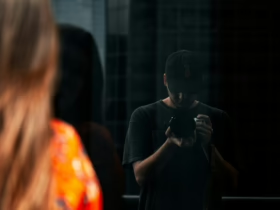Capturing cinematic photos doesn’t require a pricey camera or high-end lenses. A simple layering technique transforms flat images into stunning visual stories. By using foreground, middleground, and background effectively, you can add depth and give photos a cinematic feel.
In his video, Joe Redski of Joe Redski Photography explains how layering makes photos more than still images. Instead, they become engaging stories. While many photographers already know about layering, Joe emphasizes arranging elements to create tension and guide the viewer’s eye. This method makes cinematic photos that feel alive.
Why Cinematic Photos Rely on Layers
Layering directs the gaze across an image, keeping viewers engaged longer. Strong layers create a visual journey, adding curiosity and storytelling. This approach is everywhere—from landscape photography to movie scenes and even classic art. By applying it, you turn ordinary shots into cinematic photos full of atmosphere and drama.
Finding Layers in Everyday Spaces
You don’t need a famous location to achieve cinematic results. Joe demonstrates with a photo from Brighton, England:
Foreground: a curved concrete wall that frames the scene
Middleground: a lone figure walking across the pebbled beach
Background: Brighton Palace Pier silhouetted against the sky
These three layers work together to build rhythm and depth, turning a simple beach scene into cinematic photos with emotional weight.
Camera Settings for Cinematic Photos
While layering is more about awareness than gear, settings still matter. Joe recommends:
Aperture: f/5.6–f/11 to keep all layers sharp
ISO: 100–3200 for flexibility in different lighting
Shutter Speed: at least 1/250s to freeze movement
Anchoring your foreground with posts, walls, or doorways enhances depth and structure, making cinematic photos feel more intentional.

The Fishing Approach to Cinematic Photography
Joe compares layering to fishing: find a strong foreground, wait for the right subject in the middle, and let the background provide context. This method produces quiet energy and authenticity, turning each frame into a cinematic photo rather than a simple snapshot.
Weight, Story, and Context
Every layer has a role:
Foreground: gives weight and structure
Middleground: tells the story with your subject
Background: provides context and atmosphere
By thinking this way, you stop snapping quick shots and start building frames. Cinematic photos emerge when you see the world as layered compositions waiting to be captured.
Cinematic photos aren’t about expensive gear—they’re about perspective. By using a simple layering trick, you can add depth, drama, and storytelling to your work. This approach reshapes how you capture the world, helping your photos look like scenes from a film rather than flat images.
If you want to level up your photography, try layering to create cinematic photos. It could completely transform how you see and tell stories with your camera.






